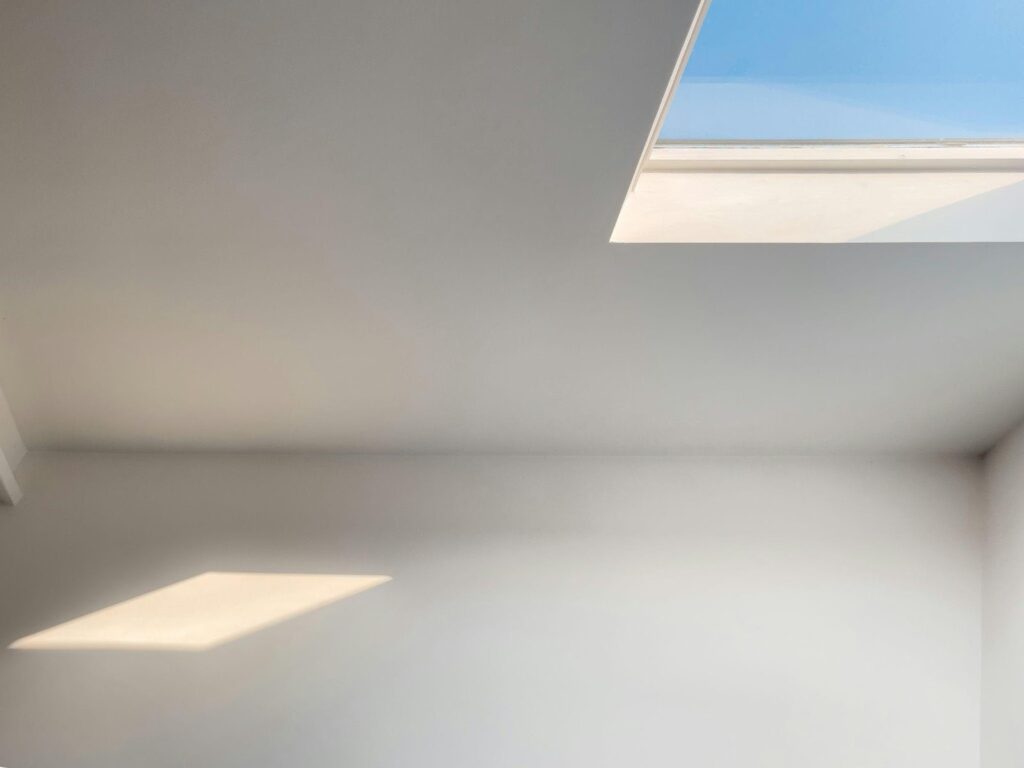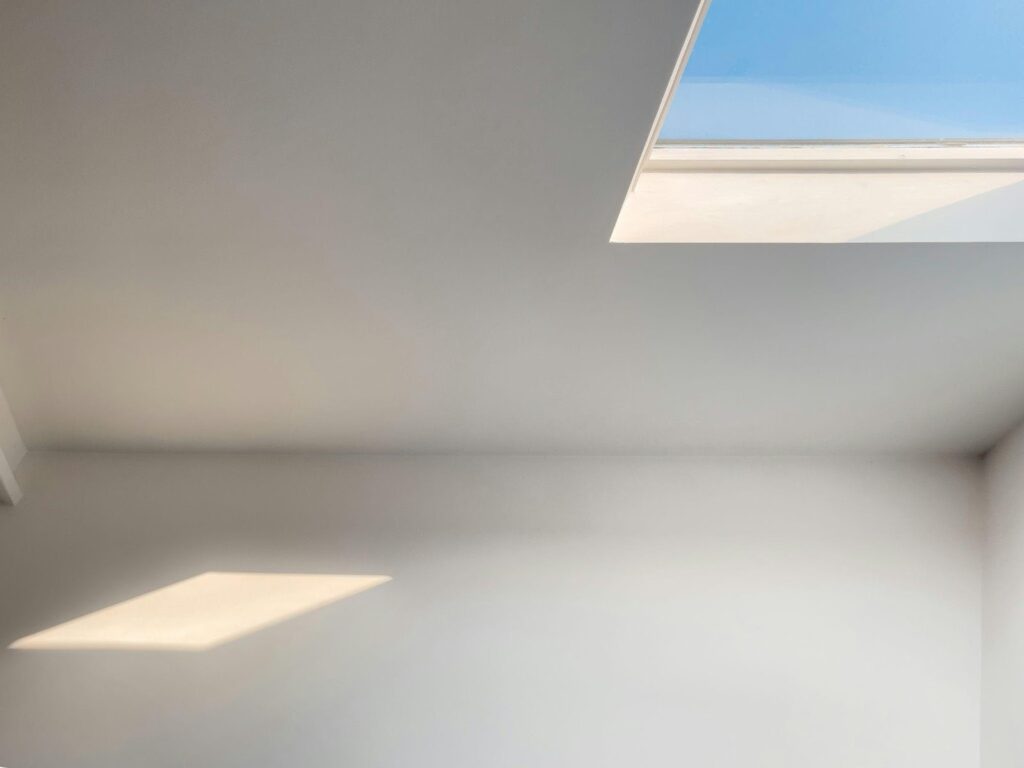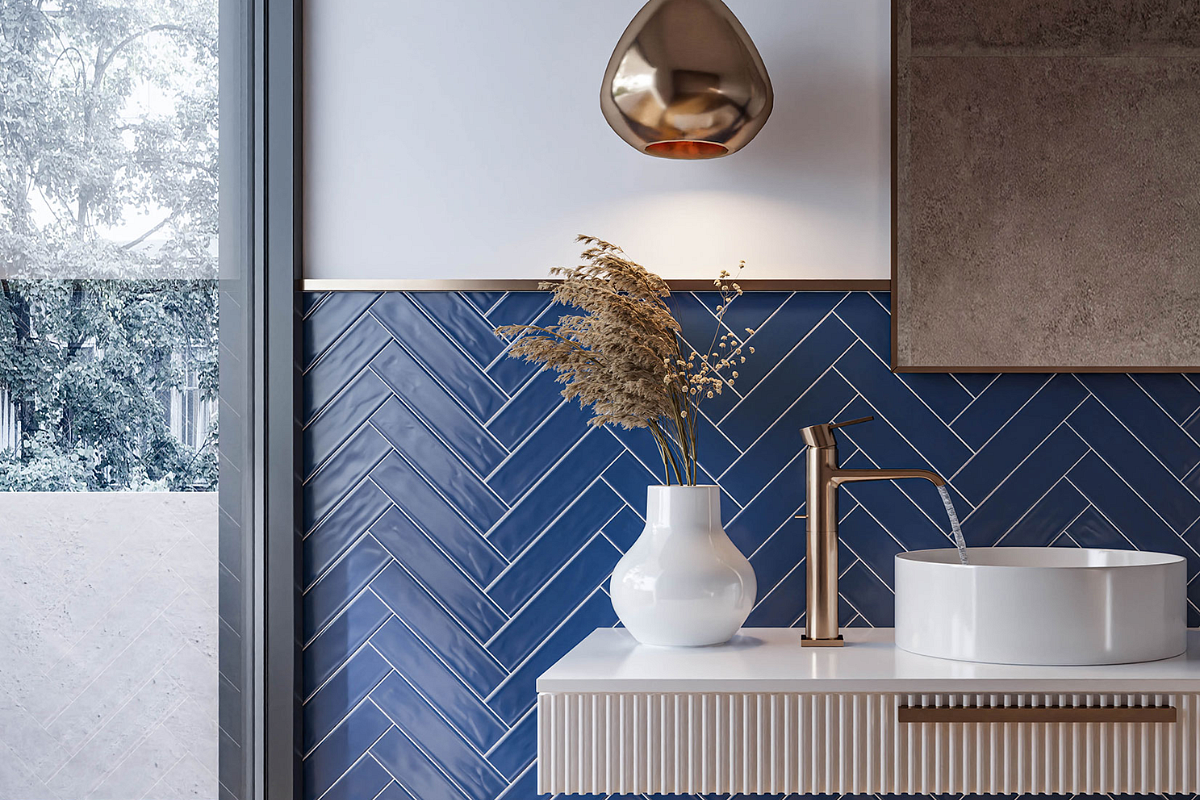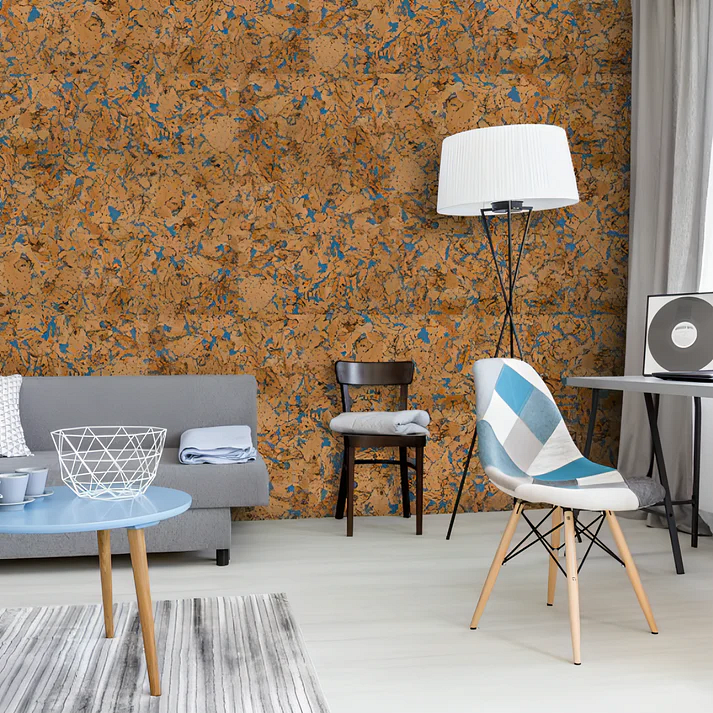
Redefining the Relationship Between Light and Comfort
Home design has entered a new era where glass and geometry meet energy efficiency. Thermal roof lanterns are no longer niche architectural features but key elements in contemporary home extensions and refurbishments. They invite natural light deep into a room while maintaining comfort all year round—a balance that defines truly modern living.
Homeowners are rethinking their spaces in pursuit of flexibility and calm. Whether it’s a bright family hub, an open-plan kitchen-diner, or a glass-topped garden room, the right lantern can transform the feel of an entire home.
A Shift Towards Smarter Skylight Systems
Modern lantern designs blend elegance with practicality. Unlike older models prone to condensation and heat loss, today’s systems use fully thermally broken aluminium frameworks to regulate temperature and enhance insulation. They also deliver the clean, uncluttered aesthetic that architects and homeowners crave.
Installing a well-engineered lantern isn’t just about aesthetics—it’s a structural investment in energy performance, comfort, and value.
A New Standard of Design:
As an example of systems that set this standard, Stratus roof lanterns showcase how innovation and engineering can work harmoniously. Built for those who appreciate detail, the design supports the ridge using hip rafters for a minimal, contemporary finish. With discreet cappings and a low 20° pitch, the result is an uninterrupted view of the sky—an architectural statement from every angle.
The system’s thermal break technology separates the internal and external aluminium layers, ensuring interiors stay warm in winter and cool in summer. For homeowners, that means year-round comfort without compromising the beauty of natural light.
Why Thermal Break Technology Matters
Thermal breaks have become a benchmark in modern glazing performance. Interrupting heat transfer between the inner and outer frame significantly reduces condensation risk and improves overall insulation. This innovation doesn’t just enhance comfort—it directly impacts energy bills and environmental efficiency.
According to The Energy Saving Trust, well-insulated windows and roof systems can help reduce household energy loss by up to 20%, supporting sustainability goals while keeping running costs down.
Features That Define Premium Engineering
Thermal roof lanterns combine advanced performance with refined aesthetics. Here’s what sets the latest systems apart:
- Reduced Ridge Size: Up to 66% slimmer than standard systems for a refined, modern appearance.
- Bespoke Configurations: Available in 2-way, 3-way, or fully contemporary designs, with bespoke sizing up to 3m x 6m.
- Colour Flexibility: Custom RAL options allow contrasting or coordinated internal and external finishes.
- Durability: Hard-wearing aluminium exteriors ensure long-term resistance to weathering and corrosion.
Light, Energy, and Wellbeing
Beyond architectural aesthetics, roof lanterns are crucial to how we feel inside our homes. Studies from the Royal Institute of British Architects (RIBA) highlight the link between natural light and occupant wellbeing, emphasising that well-lit spaces promote focus, comfort, and mental health.
Thermal Stratus roof lanterns enable this connection while maintaining climate control, creating uplifting, not overheating spaces.
Where Thermal Lanterns Work Best
These systems thrive in extensions, kitchen-diners, and orangeries but can also revitalise older conservatories and flat-roofed spaces. Positioned above a central area, they provide a focal point while enhancing the perception of height and openness.
For architects and builders, their flexibility allows integration into both traditional and ultra-modern settings—bridging the gap between heritage aesthetics and contemporary performance.
A Brighter, More Efficient Future
The trend towards sustainable architecture isn’t slowing down, and thermal roof lanterns sit right at the centre of it. With technologies that combine precision engineering, thermal efficiency, and timeless design, they represent where homebuilding is heading—smarter, lighter, and more connected to the natural world.











